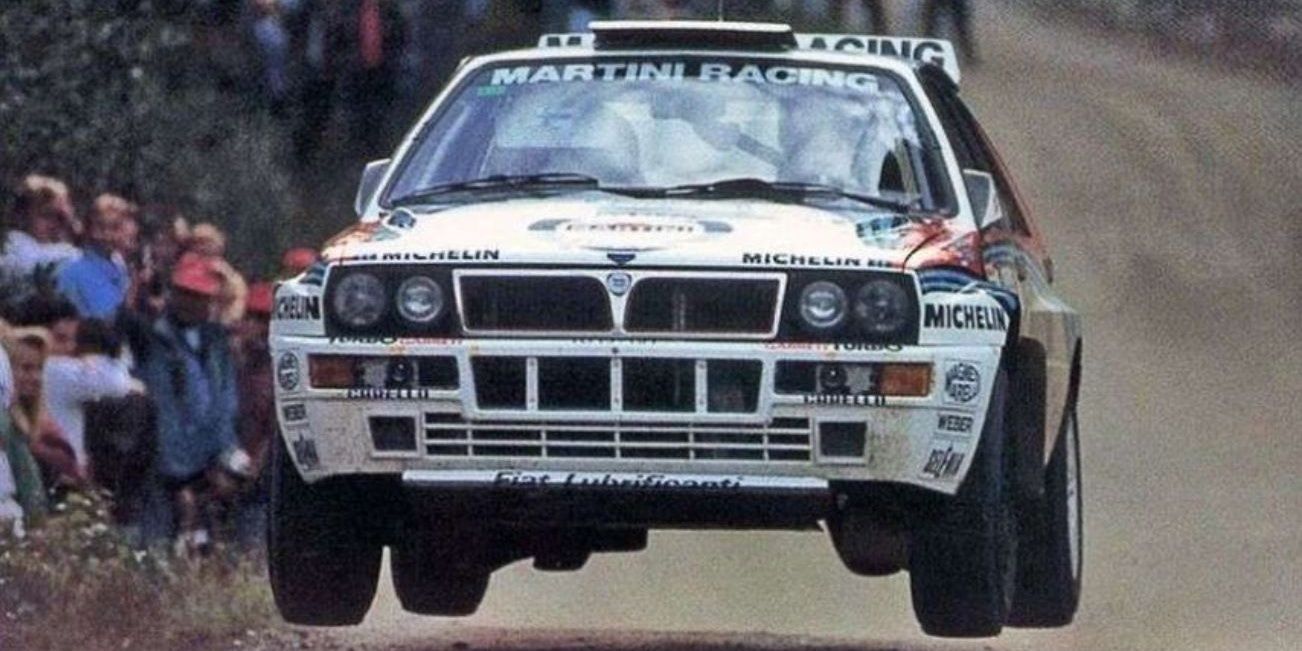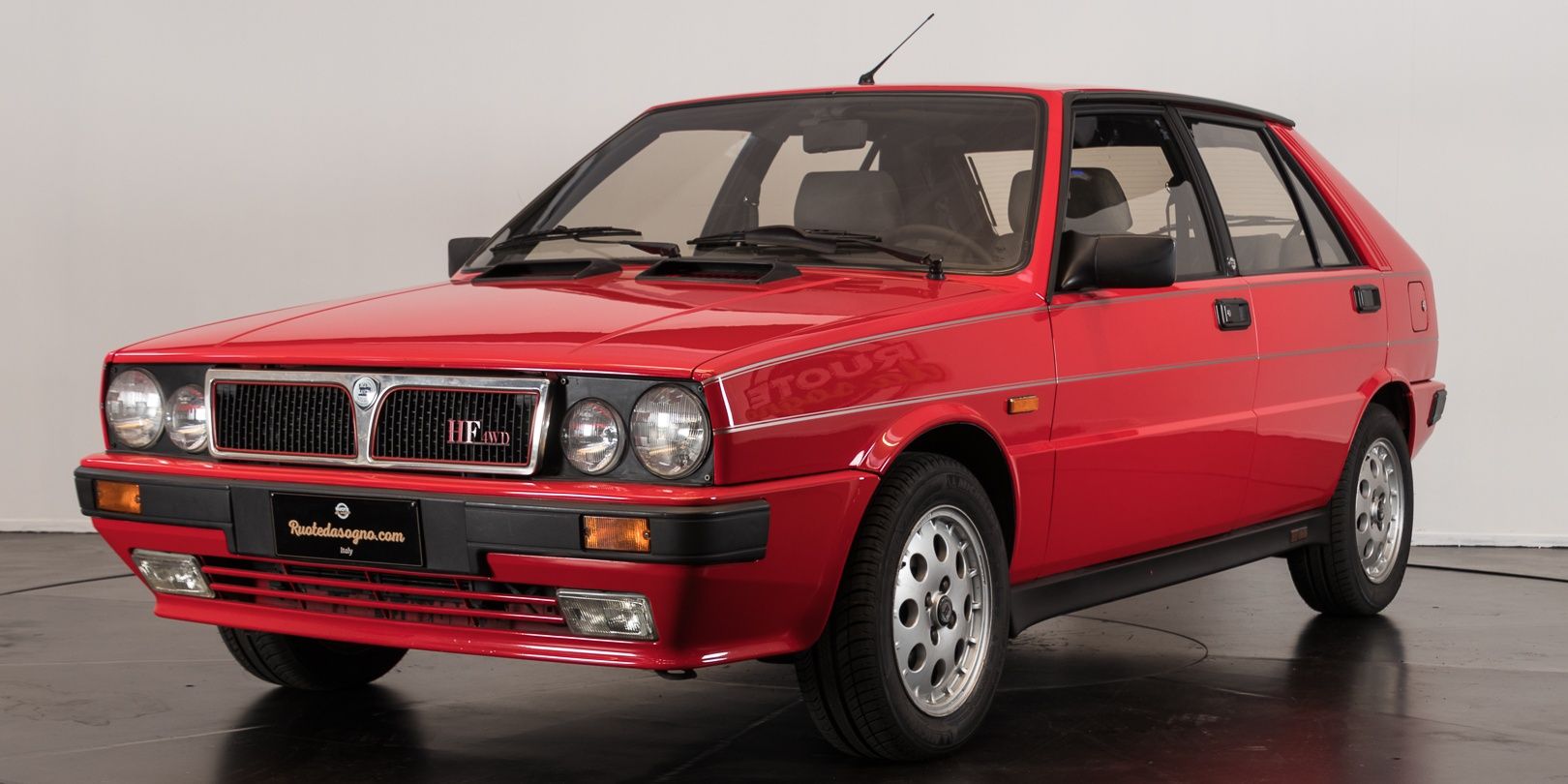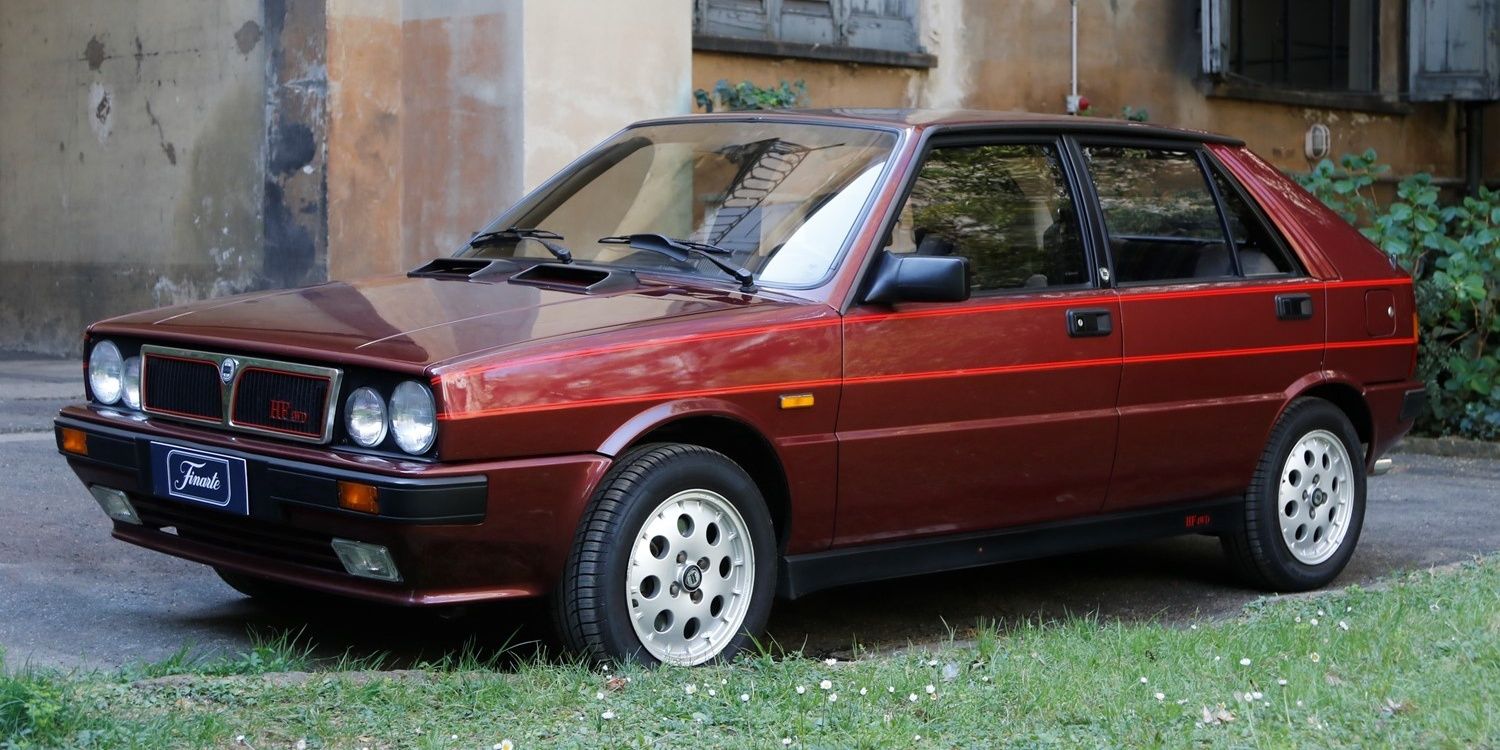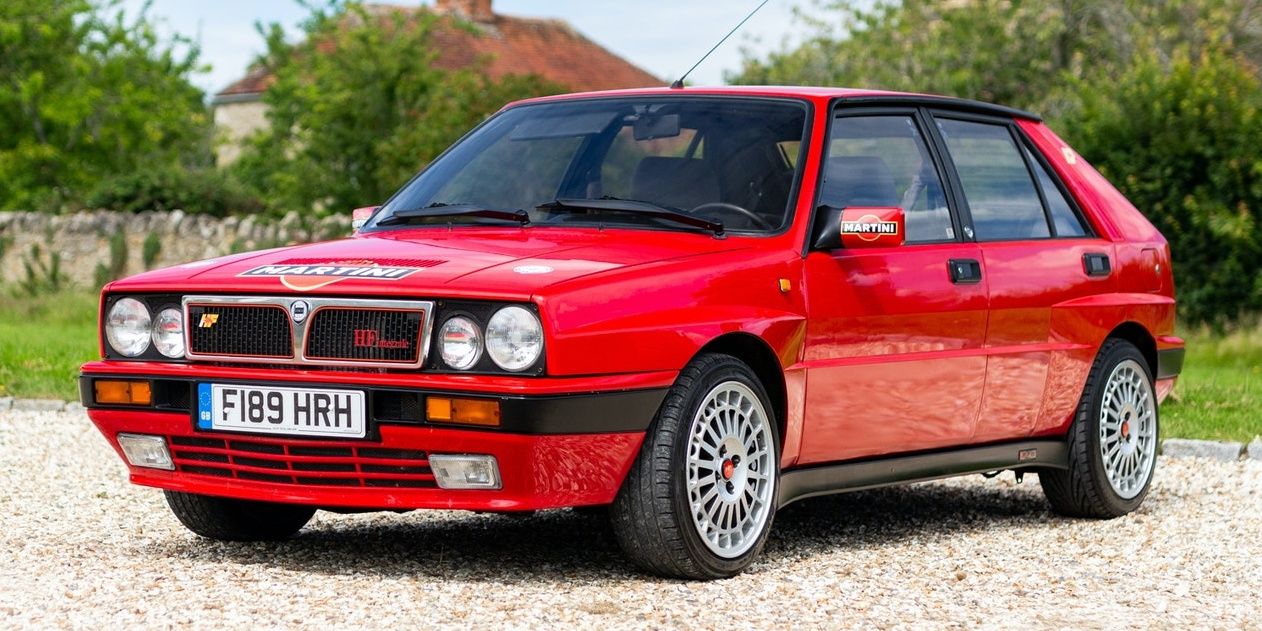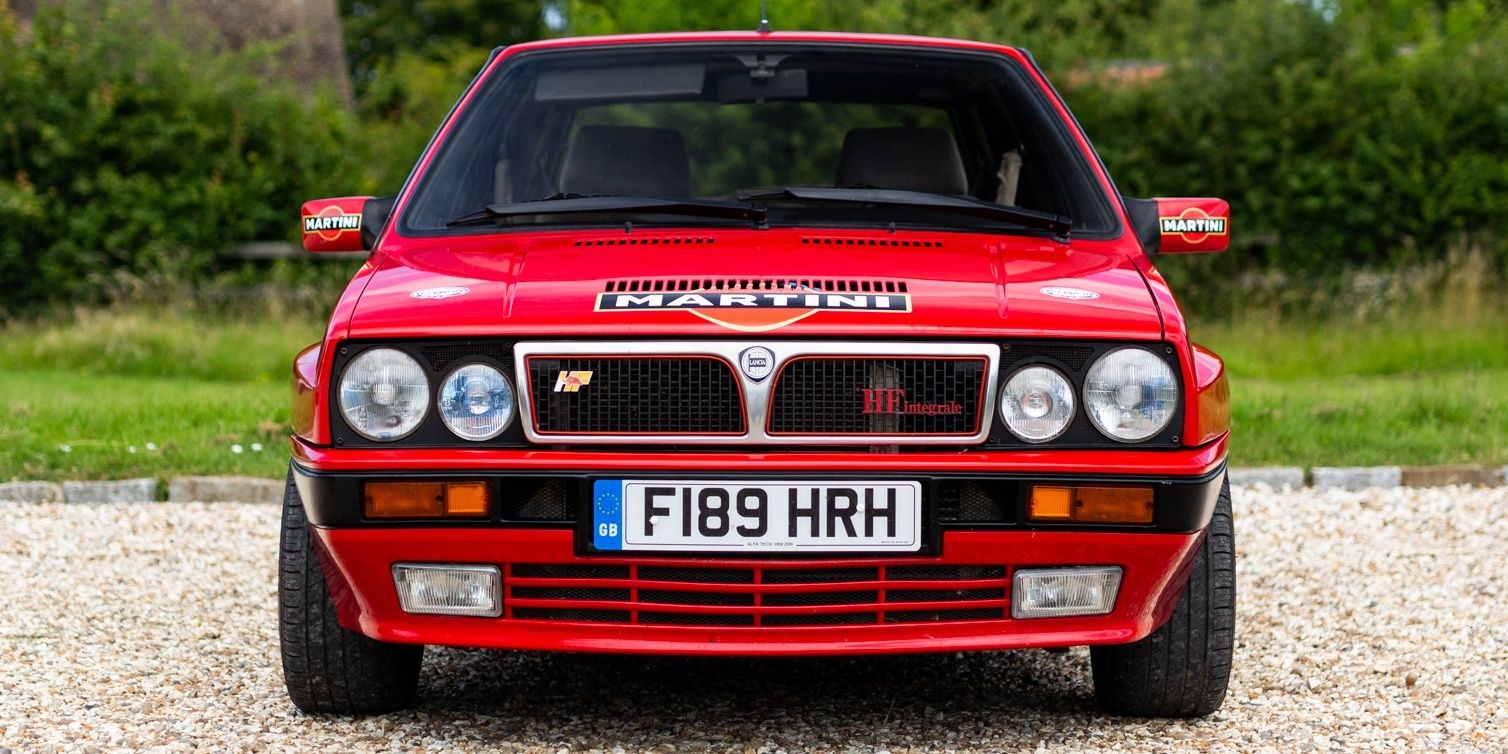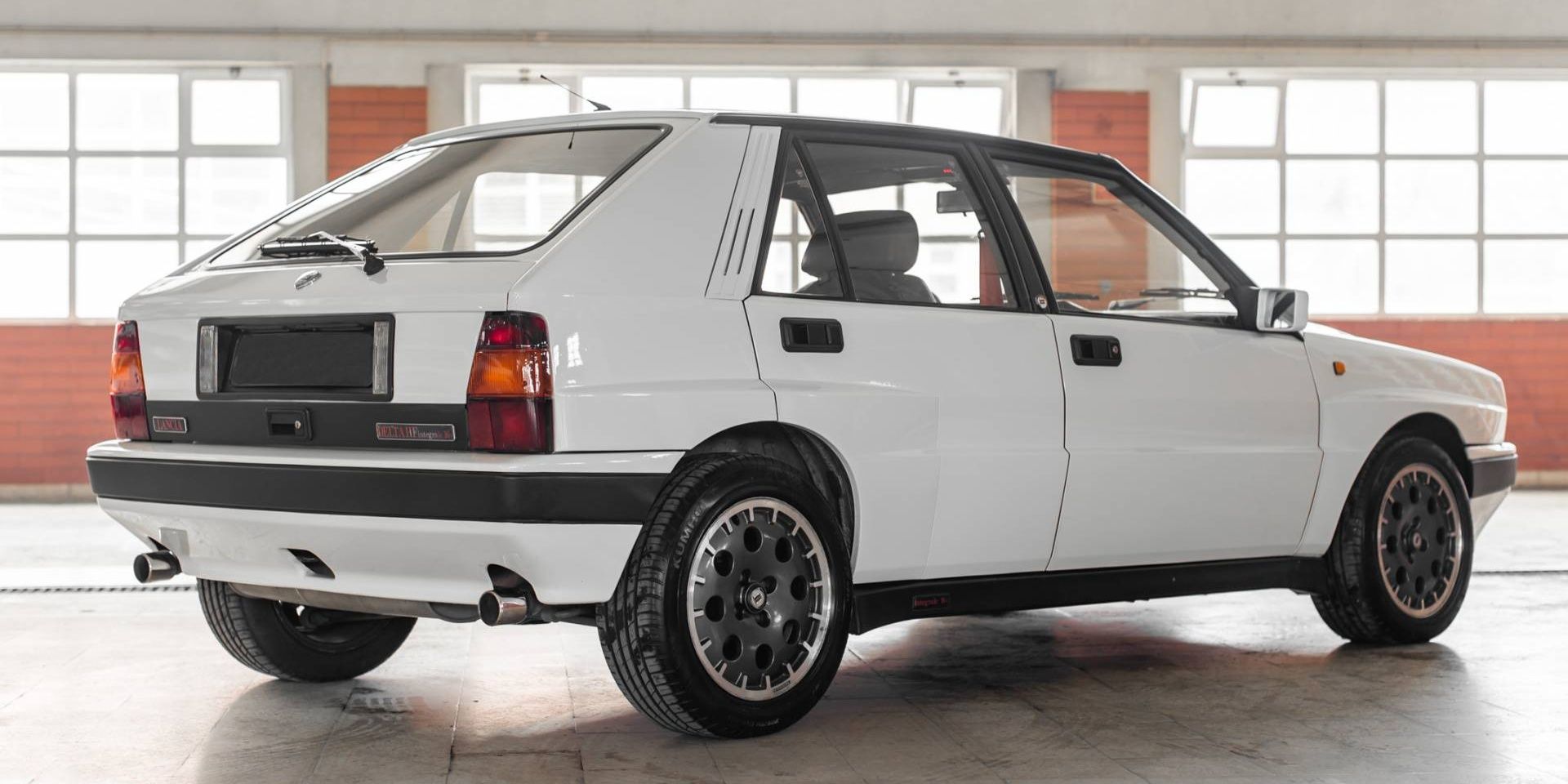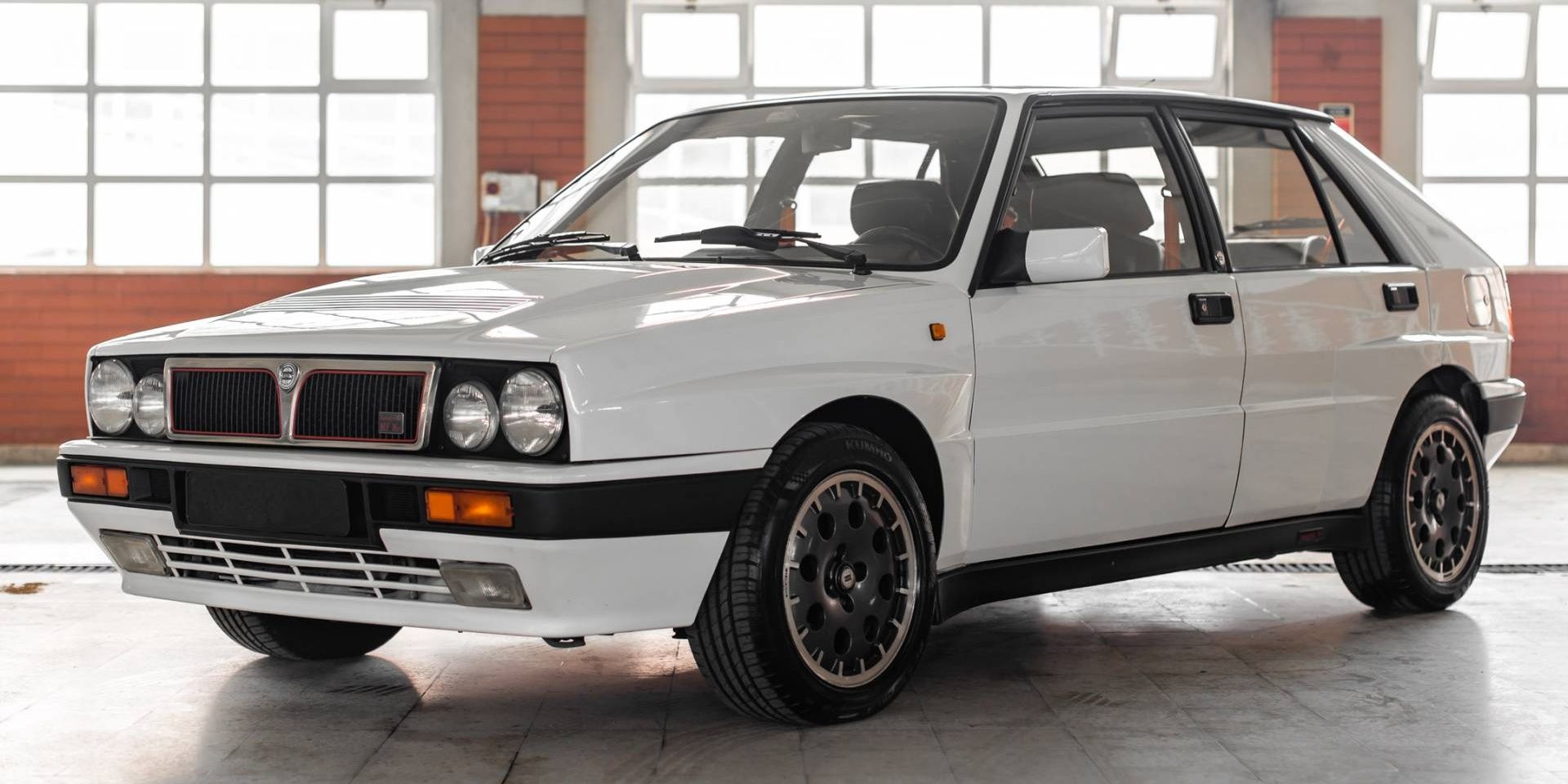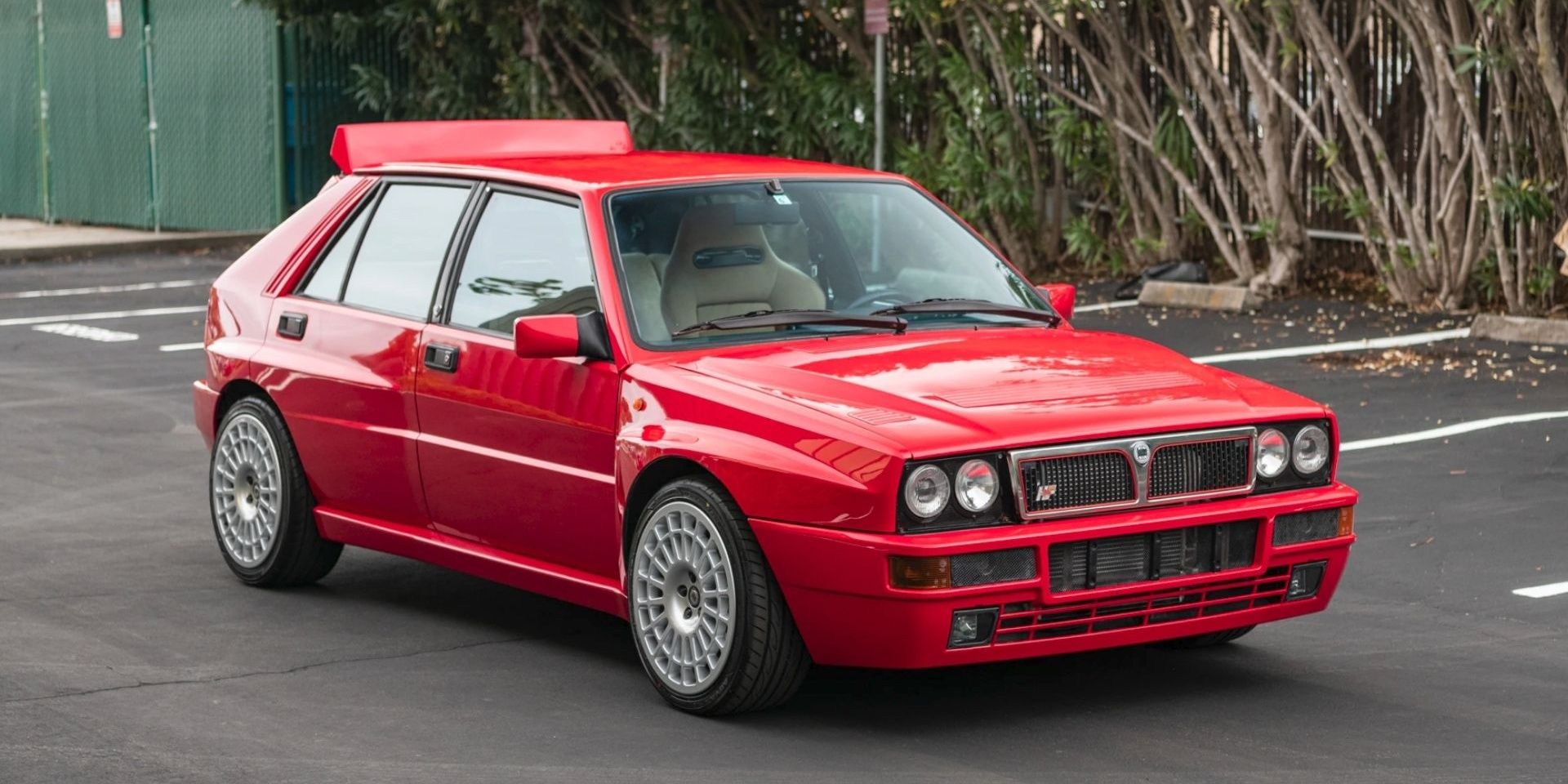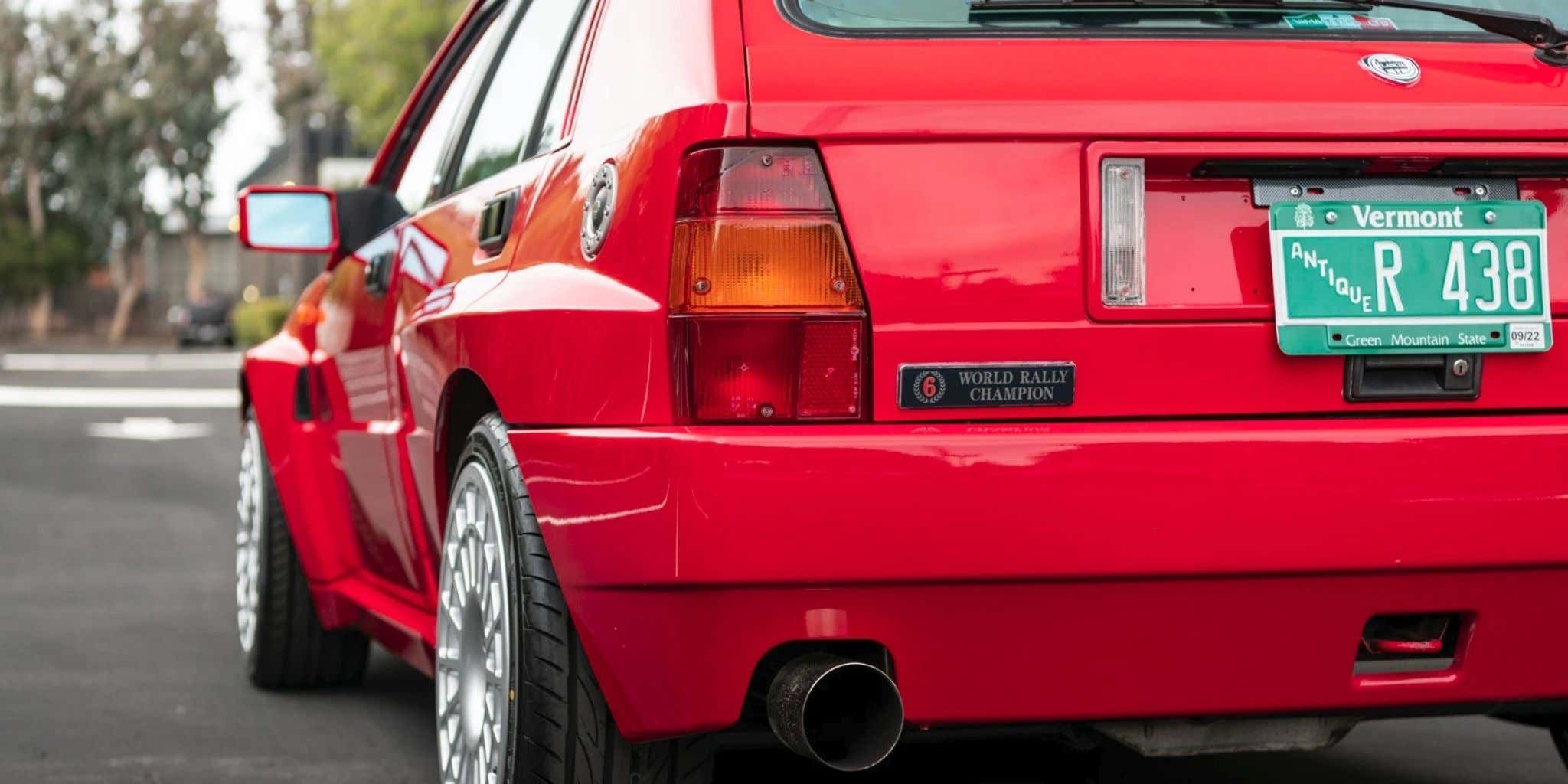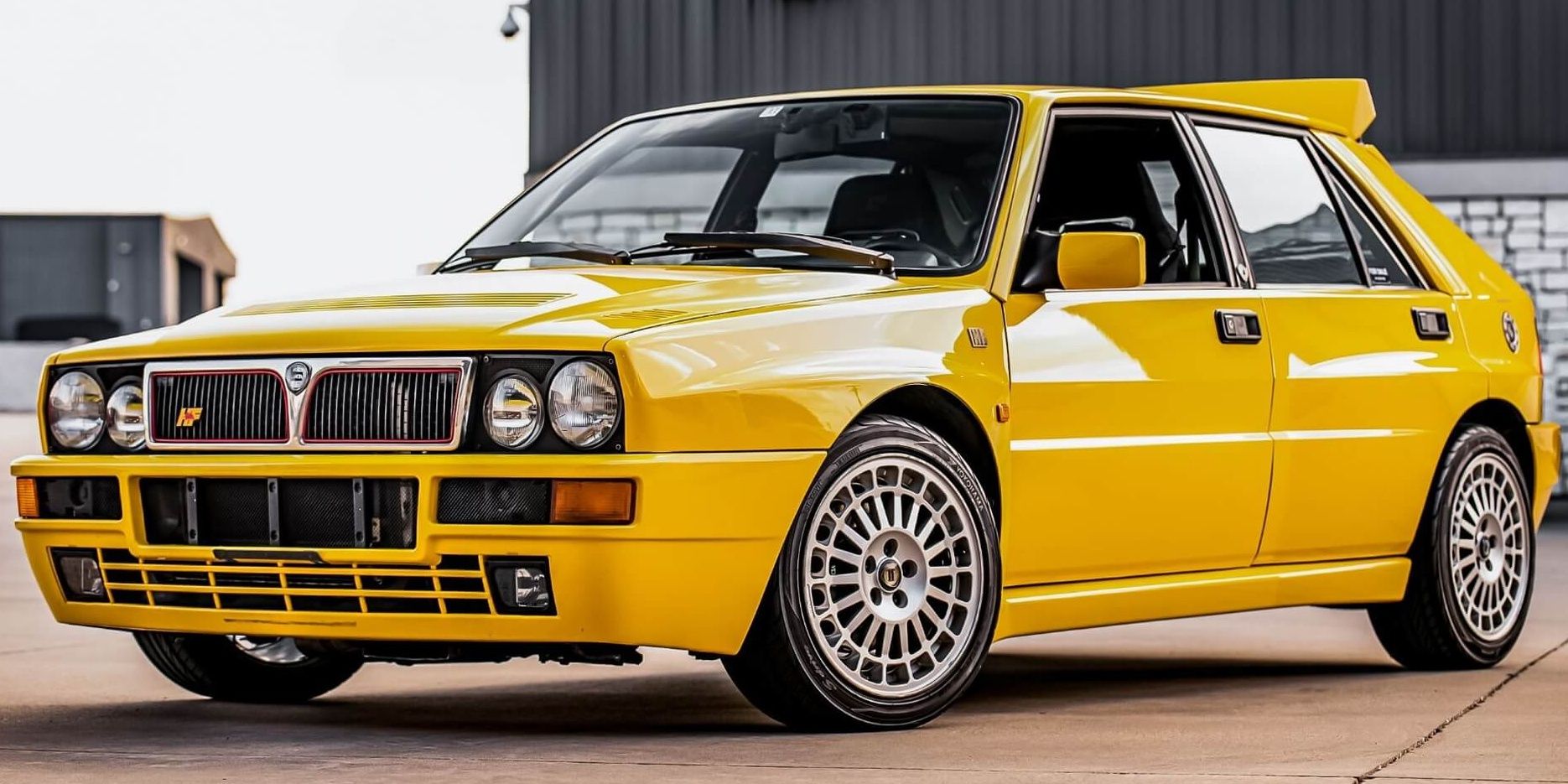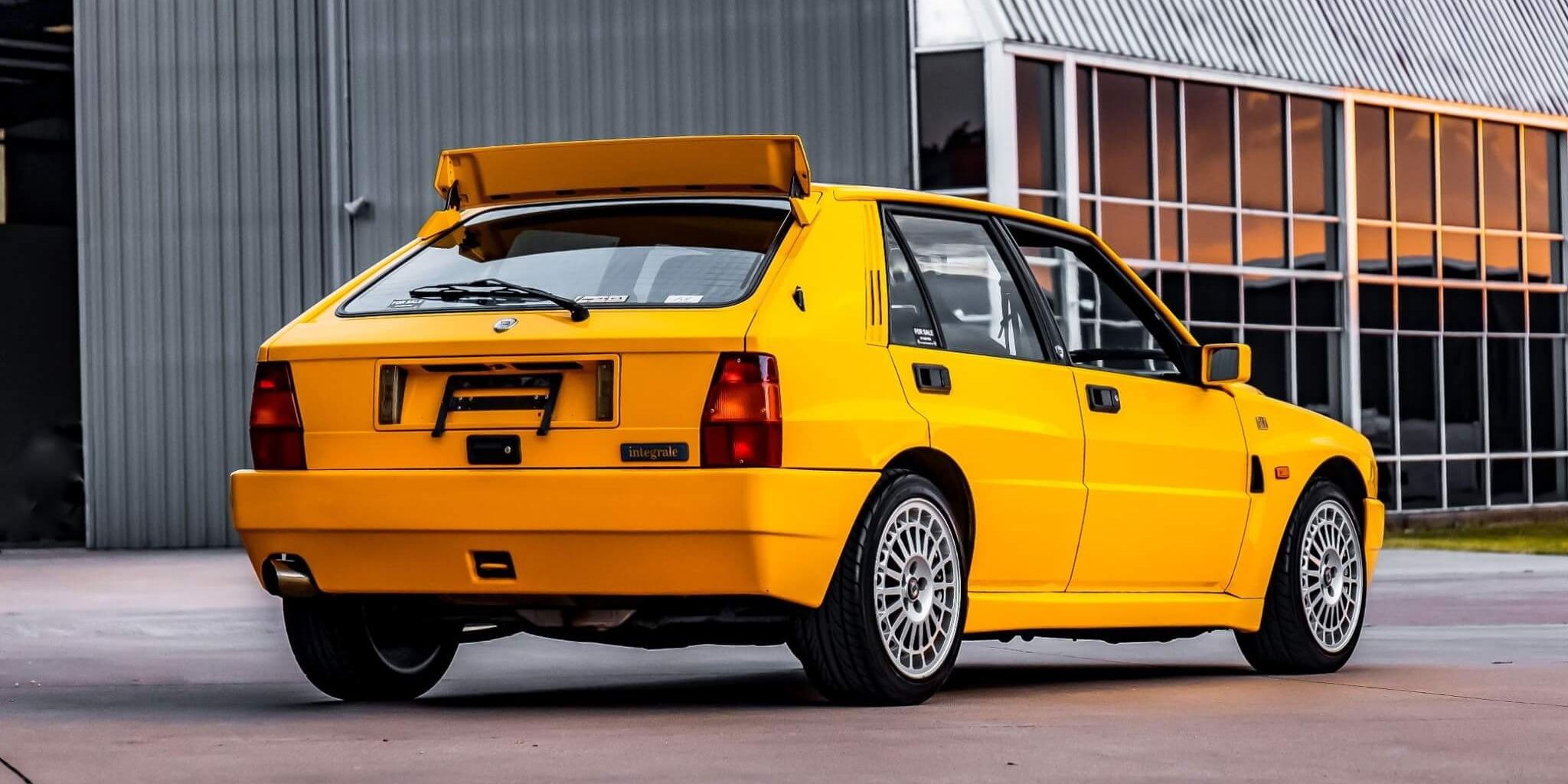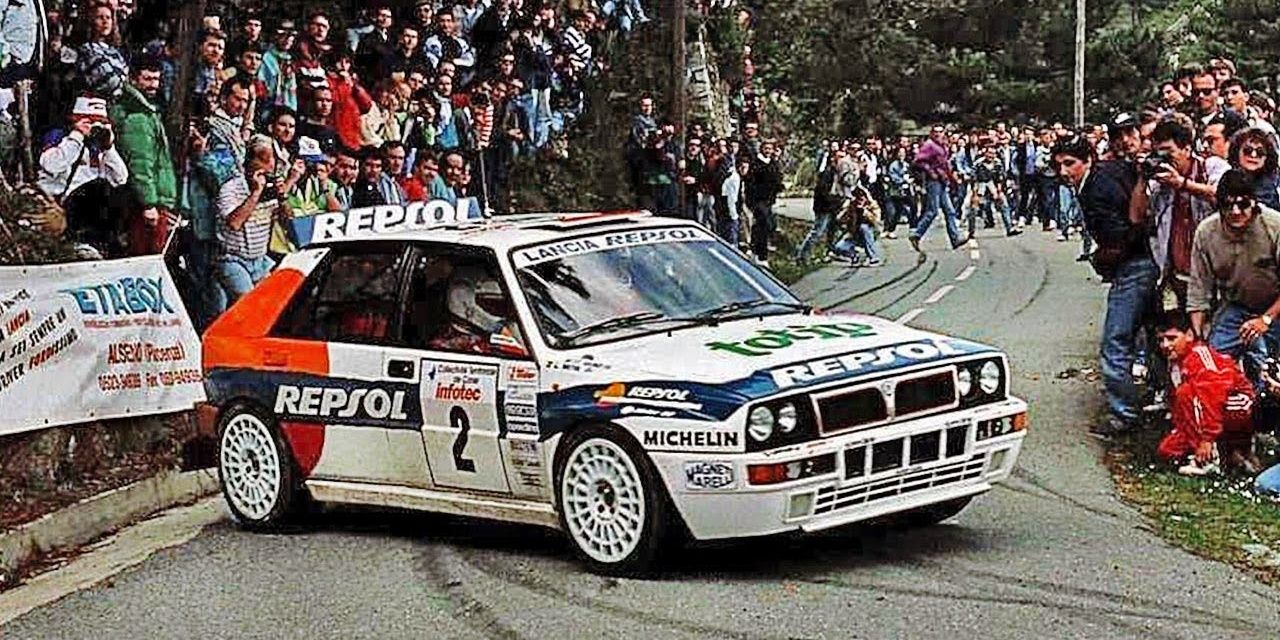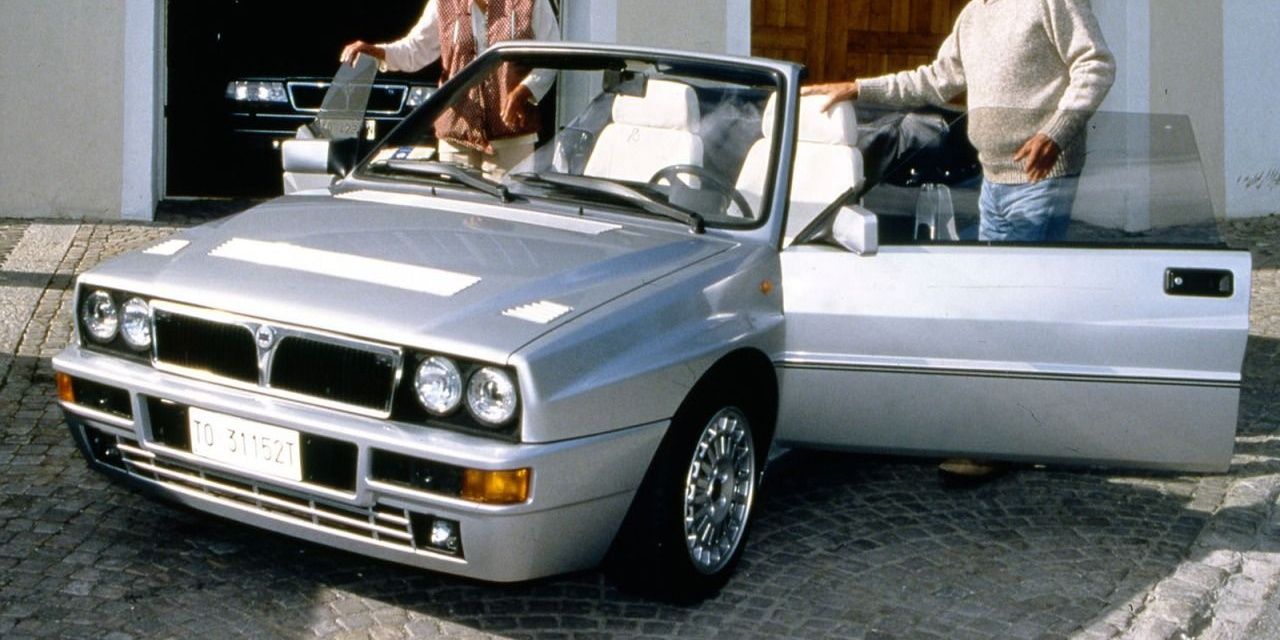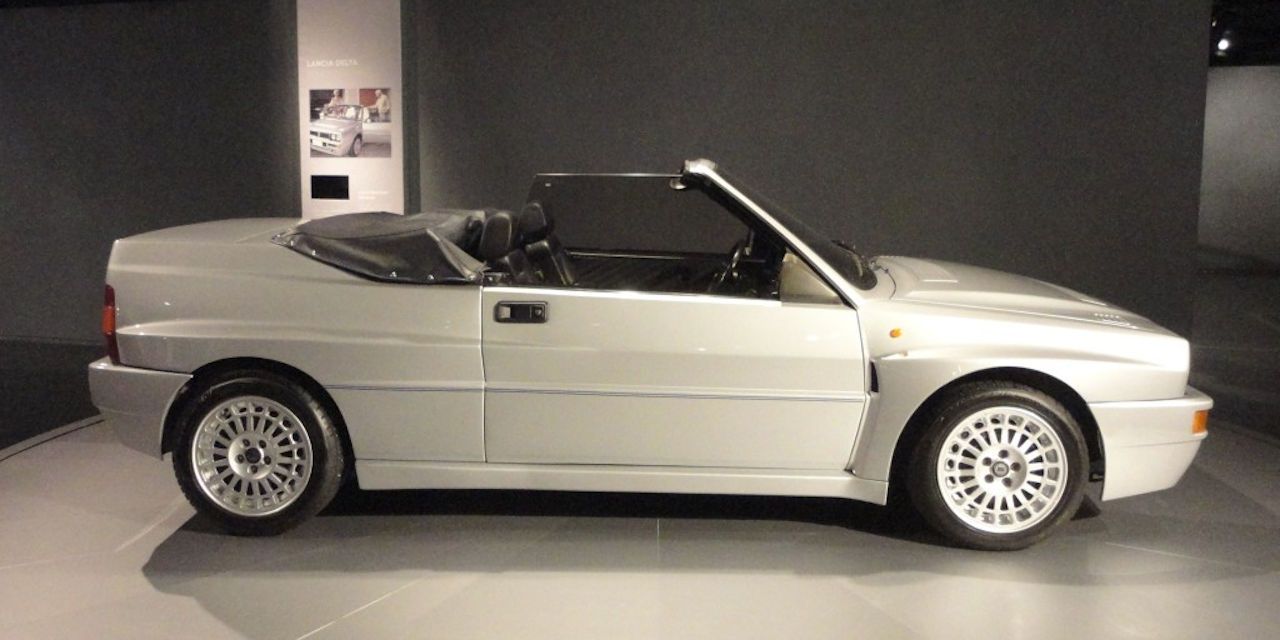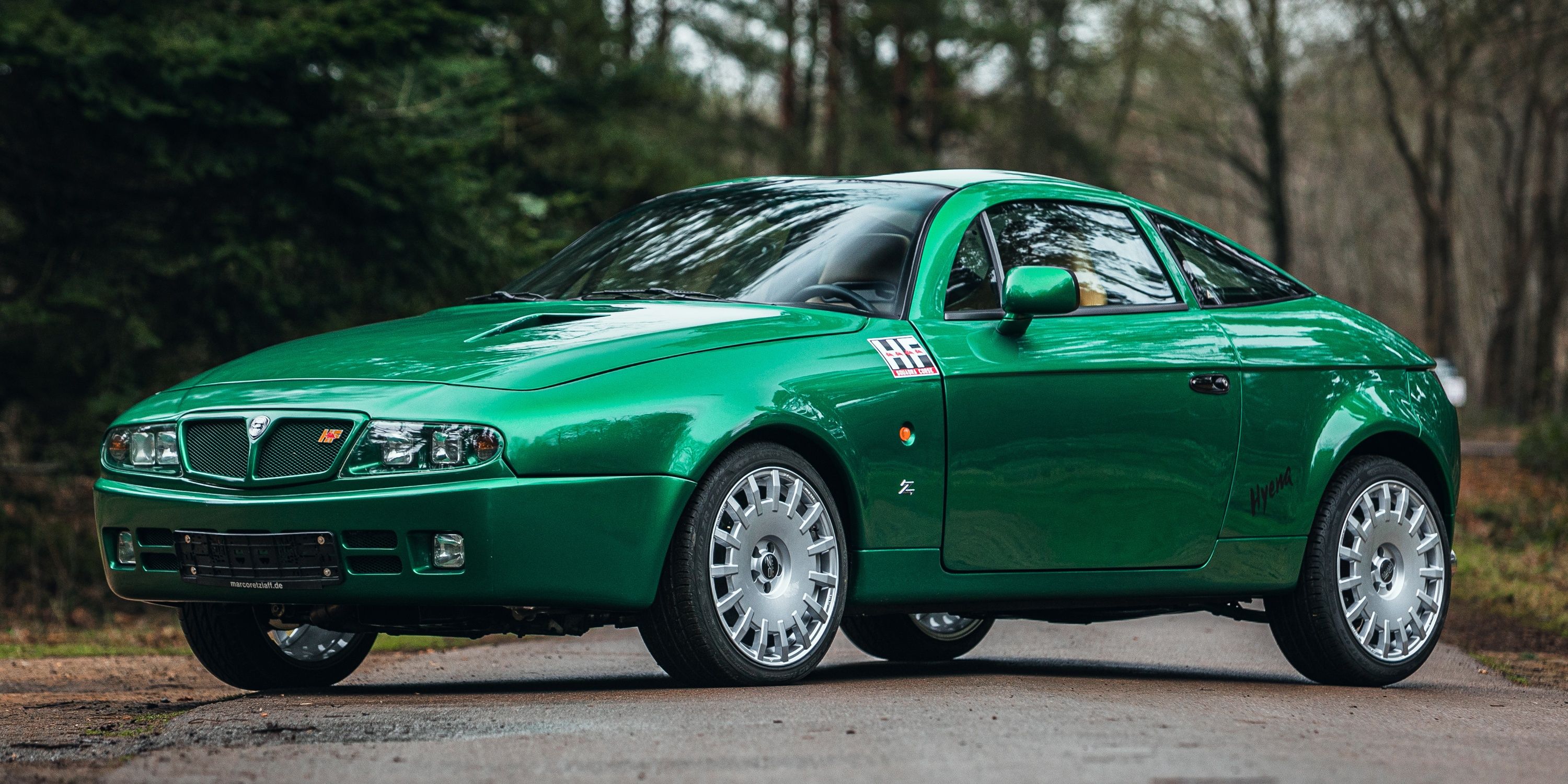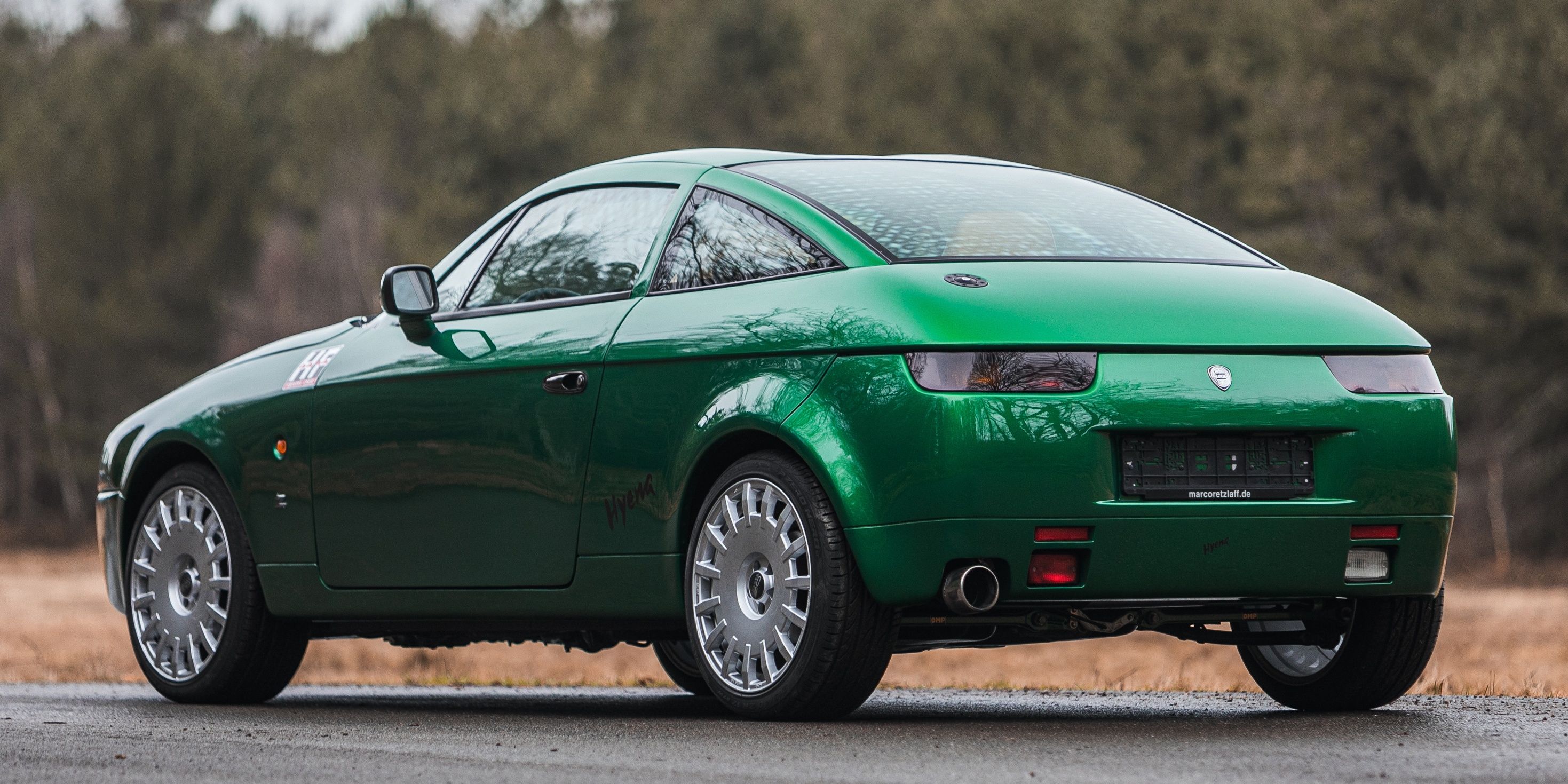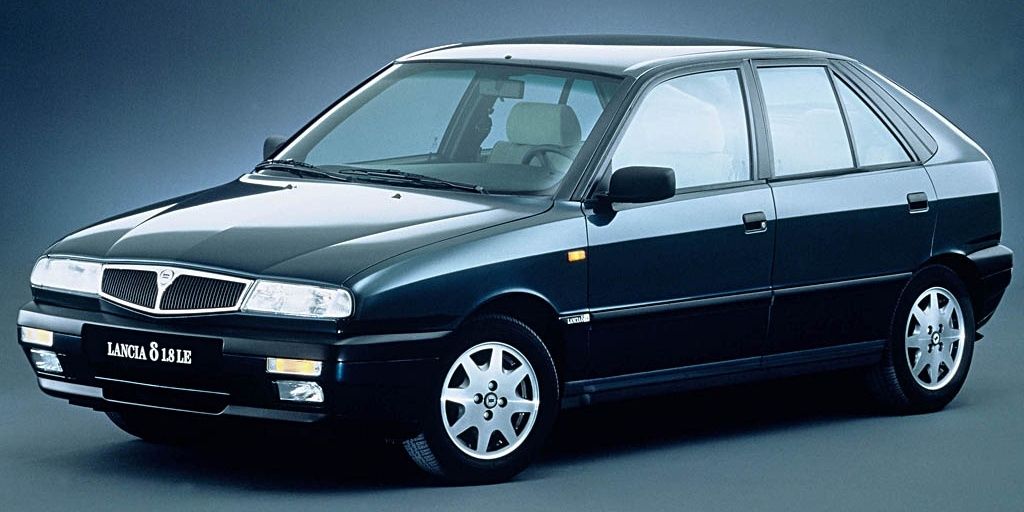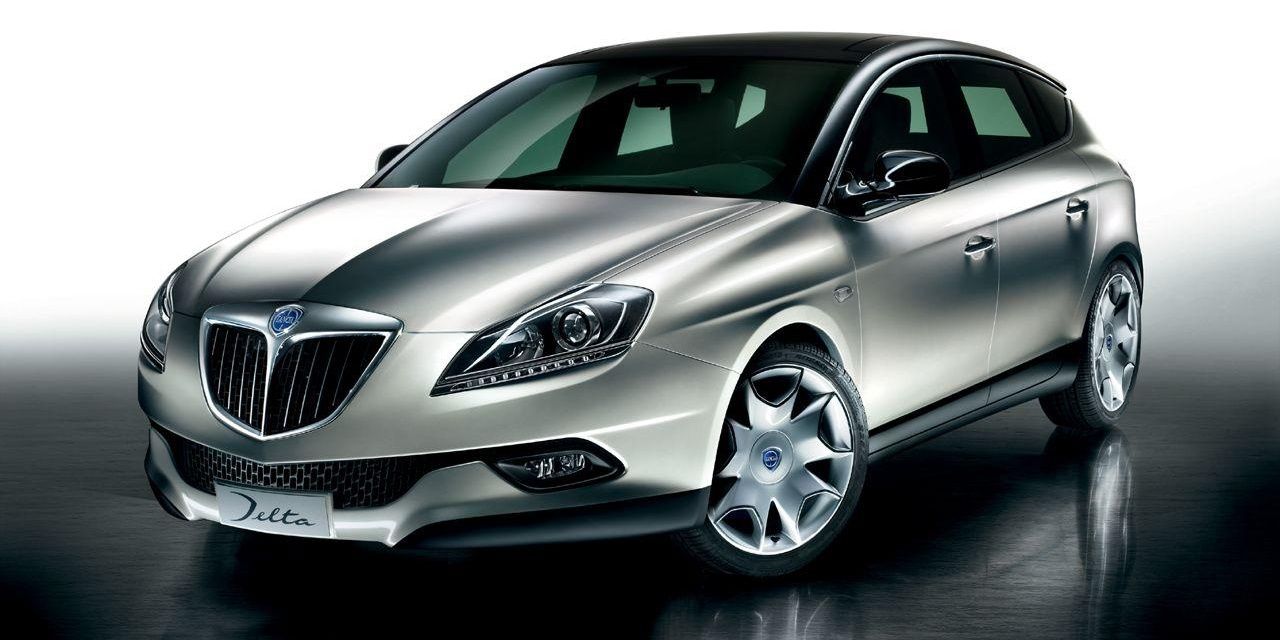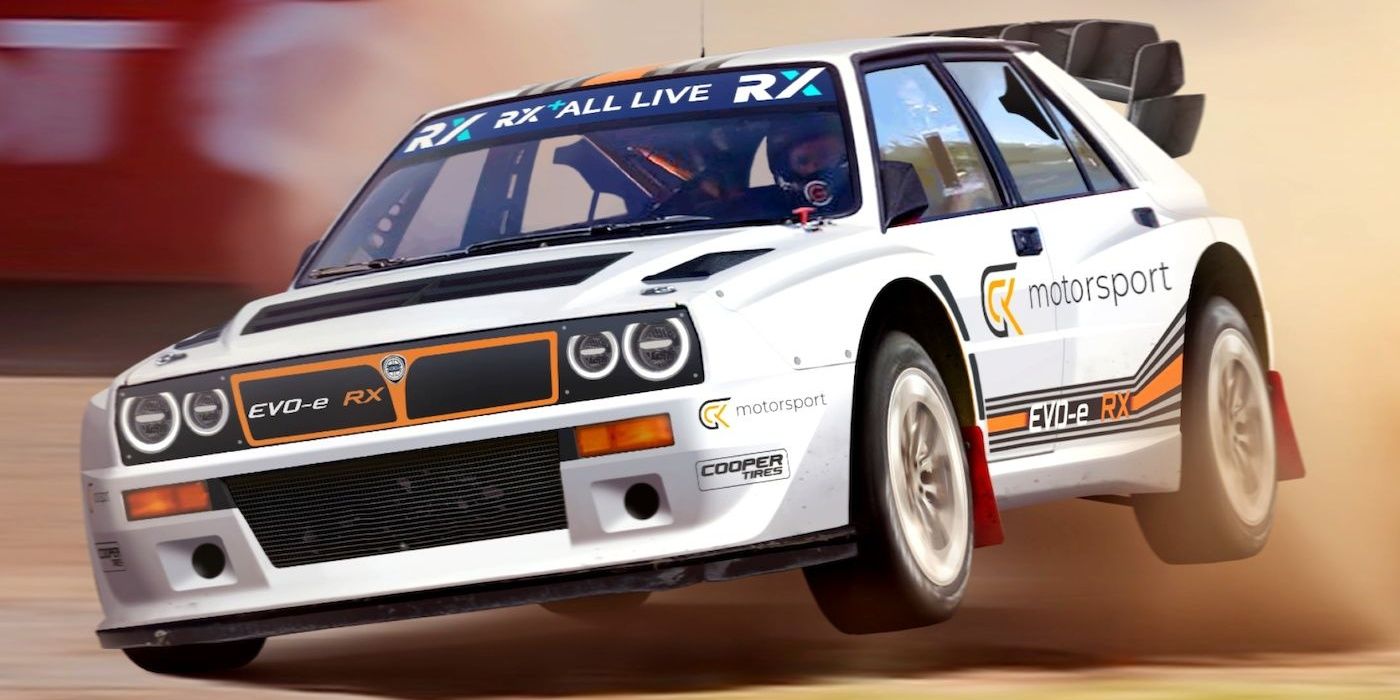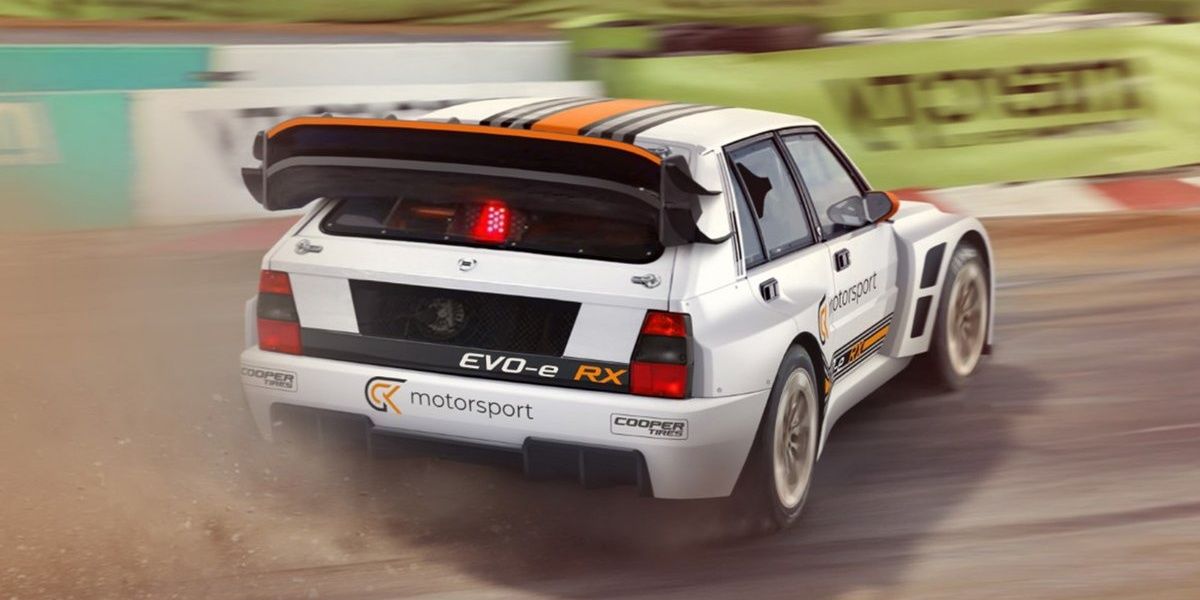There have been a lot of rumors circulating recently that Stellantis, the newly-formed conglomerate owning the Lancia brand, might bring back the Delta over the next few years. It's easy to forget why this is such a big deal, especially since the brand and the car withdrew from the international markets over two decades ago. While the rest of Lancia's lineup back then was questionably made and overpriced, the Delta Integrale was a consistent bright spot, dominating roads in both its competition and road-going form.
Lancia has continued on in its native Italy since it fell from grace in the Nineties, but it remains to be seen whether it can be revived and become a desirable marque again in this new age of electric powertrains and cutting-edge technology. If it does manage to make a comeback, the Delta name will undoubtedly play a big part in that, as for many rally fans, it still remains one of the most iconic cars to ever take to a stage. But, until then, it's worth brushing up on exactly why the original Delta Integrale was so great.
10 Before The Integrale Was The HF 4WD
The original Delta was a humble family car that debuted in 1979 and found moderate success as a cheap and cheerful economy car. In 1986, the Delta HF 4WD was unveiled at the Turin Motor Show. It was the top trim in the Delta range, and it was also the first 4WD car that Lancia had ever produced.
Shortly after the HF 4WD's introduction, the infamous Group B rally classification was axed after several tragic accidents. Group A now became the default top tier rally class, and with that change, Lancia needed a new competitive rally car. The company already had the Group B Delta S4 and used that experience to debut the first Group A Delta based on the HF 4WD just a year later in 1987. It was instantly successful, winning the manufacturers' Championship title that year.
9 The 8V Integrale Was The First
While the HF 4WD-based rally car was enough to win the 1987 World Rally Championship title, the competition got tougher in 1988, and in response Lancia unveiled the first Delta HF Integrale, the 8V. It featured a number of mechanical improvements over the outgoing car and retained the WRC title in 1988.
It's worth noting that, thanks to rally rules at the time, the customer versions of the car and the competition versions had to have minimal differences, so individual buyers were getting these upgrades at the same time the competition car was.
8 The 16V Made Many Improvements
Just a year later, the HF Integrale 16V was shown off at the 1989 Geneva Motor Show. Among other things, the 16V received a power boost, making 197 hp instead of the 8V's 182 hp.
The wheels of the car were widened, and the torque setup was adjusted for better delivery. These improvements allowed the Delta to keep claiming titles and impressing customers, a real win-win situation for the Lancia brand.
7 The Evoluzione Took Things To The Next Level
Ask a casual rally fan to picture a Delta, and they'll probably describe something very similar to the Evoluzione. Unveiled in 1991, the Evo revised the Lancia's appearance into its most famous form. Shortly after unveiling the latest version of the car to fans, however, Lancia officially retired from rallying.
However, there was still a privateer team racing factory-developed Delta Evoluziones for the 1992 season. This team was sponsored by Martini, and with their now-iconic livery, they managed to win the constructor's Championship on behalf of Lancia for the sixth and final time.
6 The Evoluzione II Was The Final Iteration
After their retirement from rallying, Lancia continued to develop the production version of the Delta Integrale, producing the Evoluzione II in 1993. A number of new technological advancements were made, and the car's overall power was again increased to 212 hp.
There was no rally version of the Evo II, however, and production of the first-gen Delta ceased the year after in 1994. This marked the start of a permanent decline for Lancia, as it withdrew from the UK, its biggest export market, the year after that.
5 The Most Successful Rally Car Ever
Even today, the Lancia Delta remains the most successful rally car of all time, winning a total of six consecutive manufacturers Championship titles and four drivers Championship titles, two each for Juha Kankkunen and Miki Biasion.
Its unbeatable run throughout the '80s and '90s is the reason that Lancia remain the most successful WRC manufacturer of all time despite not having competed for 25 years. In total, the Group A Delta managed an unbelievable 46 rally victories overall.
4 There's Only One Delta Integrale Spider
Alongside the standard customer cars, there were several spin-offs and special editions that were based on the Delta during its production run. One such special edition was the Integrale Spider, an open-top version of the car that was made for a large shareholder in the Fiat Group.
Only one Spider was ever made, and today it's housed at the Museo Nazionale dell'Automobile in Turin, Italy. Unlike many other Deltas, the Spider is a two-door, but other than that is mechanically identical to a standard Delta Integrale.
3 The Unofficial Lancia Hyena Coupe
Another of the spin-offs from the Delta platform was the Lancia Hyena Coupe, although strangely enough, it wasn't an official "Lancia" at all. It was instead the work of a Dutch car collector, who commissioned coachbuilder Zagato to redesign the Delta Integrale into a coupe.
Lancia refused to sell chassis to Zagato for the project, so instead fully-finished Integrales had to be purchased at Lancia dealerships and stripped back down to make the Hyena. That made the car incredibly expensive, costing the equivalent of around $150,000 in today's money. As a result, only 25 Hyenas were ever sold.
2 The Delta Lived On For Decades After
The original generation of the Delta is by far the most famous, but there were actually two further generations after the initial run ended. Immediately replacing the first-gen car in 1994 was the second generation Delta, which thanks to Lancia's declining international sales was mostly sold in Italy and select neighboring countries.
A third generation of the car was also produced between 2008 and 2014, based on the Fiat Bravo's platform. The car was primarily sold in Italy, although some examples did make it to the rest of Europe and the UK, strangely being badged as Chryslers rather than Lancias.
1 It Might Be Back Soon
There's been a lot of talk surrounding a return of the Delta, and it seems like there's a good chance that the rumors are true. In late 2021, World Rallycross Championship team GCK announced they would be competing in the 2022 season with an electric Delta Integrale.
The news has fueled speculation that a revival of the Delta might be closer than initially thought, although it's fair to say that Stellantis' revival will have some seriously big shoes to fill. Fingers crossed that the new generation of the car sets its own records and makes its own legacy in this new era of electric-powered rally cars.

